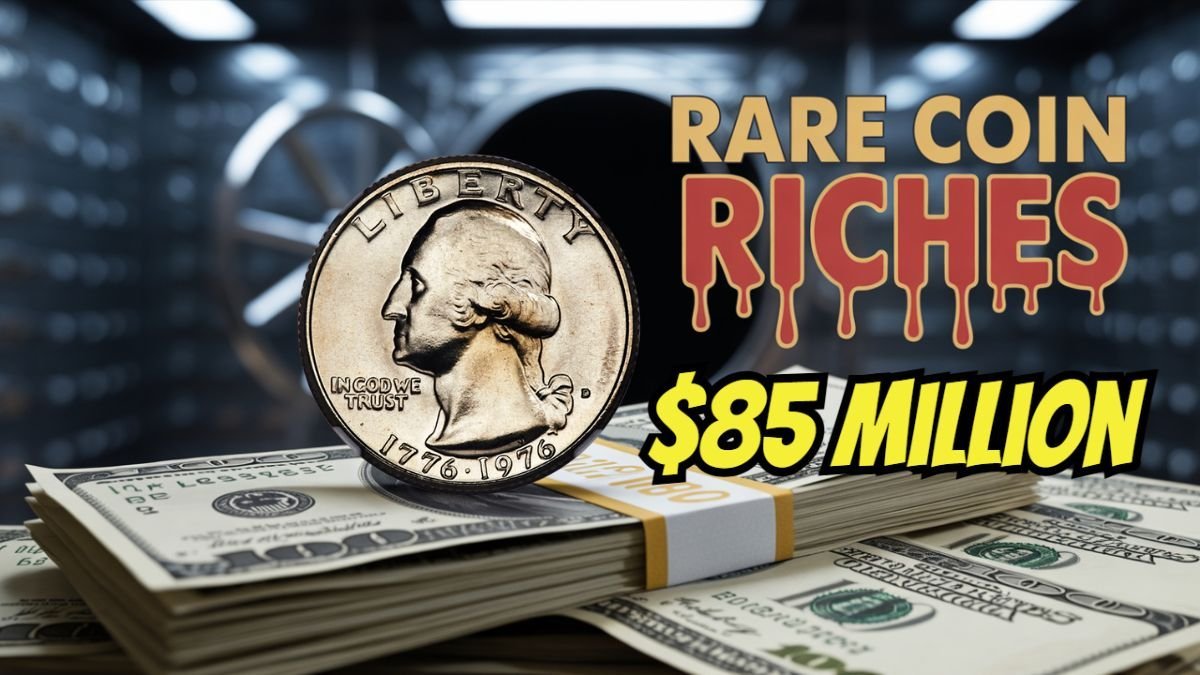Coins aren’t just spare change jingling in your pocket—they can be little time capsules of history. And in some cases, they turn into treasures worth more than anyone could have imagined. Take the 1976 Bicentennial quarter, for example. At first glance, it looks like any other 25-cent piece, but some rare versions have skyrocketed to prices in the tens of millions. Why? Let’s dive into the fascinating story behind this coin and why collectors are still chasing it today.
The Story Behind the Bicentennial Quarter
Back in 1976, the United States was buzzing with excitement—it was the nation’s 200th birthday. To mark the occasion, the U.S. Mint did something bold: they held a design contest to create a special quarter. The winner, artist Jack L. Ahr, came up with an image of a colonial drummer for the back of the coin, paired with the dates “1776–1976.” This wasn’t just pocket change—it was a patriotic symbol celebrating two centuries of American independence.
Where They Were Made
The coins rolled out in 1975 and 1976 from three different mints:
- Philadelphia (no mint mark)
- Denver (“D” mint mark)
- San Francisco (“S” mint mark, including special proof coins)
Those San Francisco proof editions, with their mirror-like finish, are especially prized among collectors today.
What Makes Them Special
The double date—1776 and 1976—instantly set these quarters apart. And to make things even more exciting, the Mint struck two versions:
- A standard copper-nickel clad quarter for everyday use
- A limited 40% silver edition just for collectors
That silver series, in particular, is what has collectors’ hearts racing even decades later.
The Rarity Factor
Most Bicentennial quarters are still only worth 25 cents, but a handful stand out:
- Error coins, like the Double Die Obverse variety, where the designs look doubled, are incredibly valuable.
- Proof editions from San Francisco, if kept in pristine condition, can bring in serious money.
These special coins have been known to sell for jaw-dropping prices—some reports say anywhere from $56 million to nearly $90 million at major auctions.
Other U.S. Coins Worth Millions
The Bicentennial quarter isn’t the only star of the coin world. Collectors also pay staggering amounts for:
- 1796 Draped Bust Quarter – only 6,146 were minted, now worth over $50 million.
- 1932-D Washington Quarter – the first of its kind, with just 436,800 made, now valued above $65 million.
- 1804 Draped Bust Quarter – about 6,700 pieces exist, but in top condition, they can fetch $75 million.
Tips for New Collectors
Thinking about diving into coin collecting? Here’s how to get started:
- Join numismatic groups like the American Numismatic Association (ANA).
- Use guidebooks such as the “Red Book” and “Cherry Picker’s Guide.”
- Get the right tools: a magnifying glass, a scale, and protective cases.
- Connect with experts at coin shows, online forums, or through trusted dealers.
- Start small: focus on a single year or series, and keep a log of what you buy.
And one golden rule—always get your coins professionally graded before spending big.
Final Thoughts
The 1976 Bicentennial quarter is more than just a 25-cent coin—it’s a slice of American history. While most are worth face value, the rare editions have turned into million-dollar treasures. So next time you spot a quarter with “1776–1976” stamped on it, don’t brush it off. Look closely. That little coin in your pocket could be hiding a secret fortune.
Sometimes history doesn’t just live in books or museums—it jingles in your change jar. Who knows? The next Bicentennial jackpot might already be sitting in your hands.
